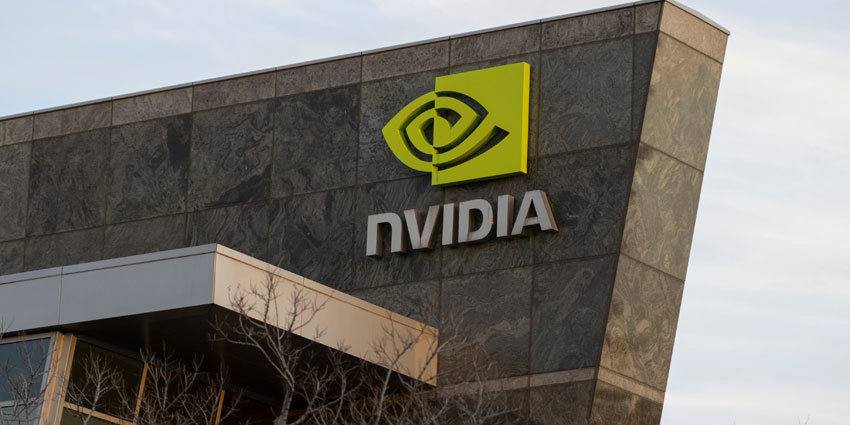LiveVox has released the second edition of its LiveVox Work from Home Report entitled ‘The Remote Tipping Point’ that has found business leaders are shunning remote work to get agents back to their offices.
Overall, this year’s report found that there is a push by management to return to contact centres, but capabilities now found in the cloud and advanced technologies, like artificial intelligence, have shown that a hybrid model can accommodate remote agents and improve contact centre productivity.
LiveVox interviewed over 300 contact centre executives across North America, in more than five industries, to understand the challenges and successes they experienced while working from home. All participants in the survey directly oversaw customer service and contact centre operations for their organisations.
As the title of the report suggests, the contact centre industry has reached a tipping point when it comes to the future of work. While some organisations have decided to remain remote indefinitely others are leaning toward a full return to the contact centre for agents, in spite of demonstrated remote agent performance gains. For example, compared to last year, there was a 50% reduction in the number of contact centre decision makers planning to keep at least a quarter of their workforce remote. All organisations can be aided by the many innovative workforce optimisation and AI solutions, like LiveVox’s AI-enabled chatbots and speech analytics that can enhance productivity, foster a sense of agent community, and also help mitigate security and compliance risks.
LiveVox CEO Louis Summe, said: “The global shutdown showed us that a remote workforce is a viable option for many industries and, in the case of contact centres, can improve the employee experience. However, a 100 percent remote future isn’t a viable option for every organisation.
“Technology, however, is the answer to ensure the positives we’ve seen from work from home continue in the future. Our report showed us that the organisations who embraced technology and were prepared with a cloud infrastructure performed better during the shutdown.”
Key takeaways from the report include:
- 75% of respondents experienced increased contact volumes on all channels, with 20% reporting a dramatic increase of over 50% compared to last year
- 30% of contact centre decision-makers still plan to keep a percentage of their workforce remote, down from 60% last year
- 49% felt that the biggest benefit to working from home has been the ability to provide agents greater flexibility
- 48% surveyed saw no change to agent attrition as a result of the shift, while 30% experienced a combination of high agent turnover, layoffs, or hiring freezes
- The most commonly adopted new communications channel during work from home was Webchat (24% of respondents adopted the technology)
- 36% of survey participants reported a positive relationship between working remotely and improved speed to answer for agents
Summe added: “Beyond the technology implications, our report showed that contact centres should focus on improving coaching and monitoring tools to ensure that both agents and their managers are set up for success, regardless of whether or not agents are remote. eLearning and Speech Analytics proved to be key pieces to reducing agent monitoring issues – a central challenge for managers.
“The right investments in remote coaching and monitoring provide contact centre with flexibility, opening the door to new opportunities for satisfying workforces and improving customer service.”






